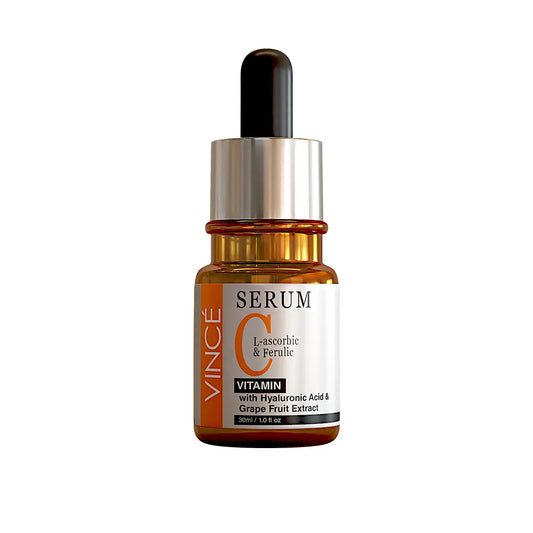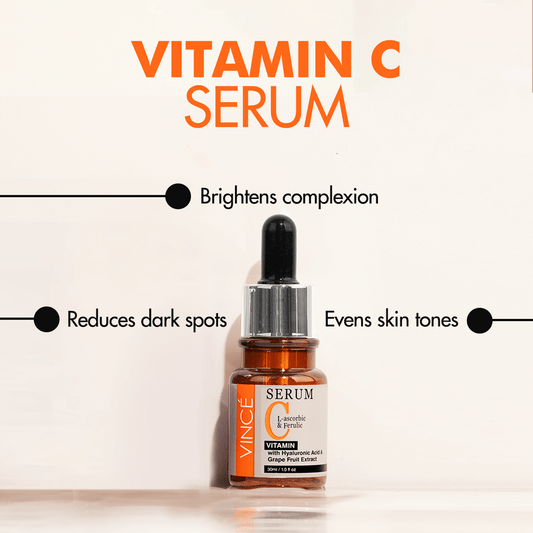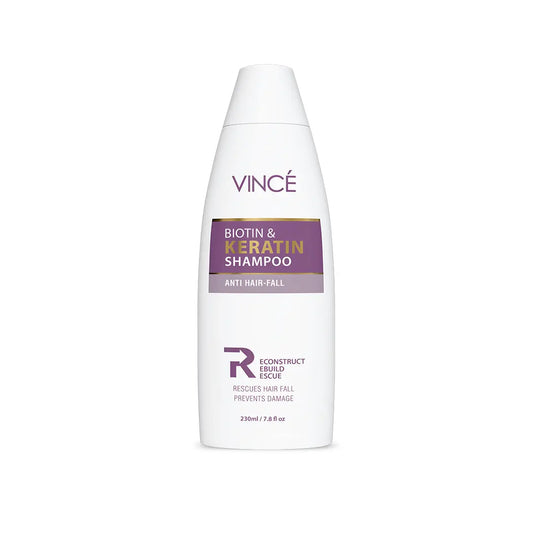Stretch Marks After Pregnancy: Causes & Prevention Tips

Stretch marks, also called “striae gravidarum”. They look like indented lines on your skin. They are a type of scar in pregnancy. They can be red, black, pink, blue, or purple. It all depends on:
- For what reason
- Which body part
- How old they are
When stretch marks first appear, they may feel a slight bulging, but eventually, they will feel like a bit of strain on your skin. They may also be itchy when arise.

Stretch Marks in Pregnancy
Mostly during pregnancy, women show signs of stretch marks. It is estimated that 50 to 90% of pregnant women will produce stretch marks before delivery.
Some experts believe that hormones can make you more prone to stretch marks in pregnancy. Hormones can bring more water to the skin, relax it and make it easier to tear when pulled.
There are natural skin moisturizing tips that make skin hydrating and make your skin glowing and protect your pores from dirt and other bacterias.
A good number of pregnant women will look for stretch marks starting in the sixth or seventh month of pregnancy. In a recent study published by BMC Pregnancy and Child Birth Trusted Source, 78% of respondents used a product to avoid stretch marks.
58.5% of women who used the oil developed stretch marks. She says the best way to prevent stretch marks for pregnant women is to gain weight slowly and permanently.
In addition, you can make a diet and exercise plan with your healthcare provider that will help you avoid overeating and provide you with the nutrition you need for yourself and your baby.
If you develop stretch marks during pregnancy, you may be happy to know that they will eventually disappear. Over time, red or pink will change to light silver or white.
What Causes Stretch Marks?
Stretch marks spread faster in your skin. This stretching tears supporting structure in the middle or lower layer of your skin tissue, and creating scars.
Stretch marks usually occur during body growth, rapid weight gain, or of course, during pregnancy. Over 90% of pregnant women will get stretch marks by their third trimester.
In general, they will appear to you on:
- Belly
- Buttocks
- Breasts
- Thighs
However, not everyone gets stretch marks, and not everyone gets the same severity level.
A large but self-reported study by a trusted source shows that some people are more likely to get genetic stretch marks than others. So, if your mother and grandmother got them during pregnancy, there is a good chance that you will too.
Cortisone is a hormone that can weaken your skin's elasticity and make it more likely to develop stretch marks. If you are young or gain weight too fast during pregnancy, you are more likely to get stretch marks. Hormone levels can also play a role during pregnancy.
6 Tips to Prevent Stretch Marks
It is expected to have Stretch Marks in pregnancy, but anyone can develop stretch marks at any stage of life. If your mother, father, grandparents, or other blood relatives have stretch marks, you are more likely to get them. There are some great home remedies to get rid of stretch marks.
However, even if you are at risk of stretch marks, there are some things you can do to reduce your risk and treat stretch marks that you already have.
- Control Your Weight.
- Stay hydrated.
- Eat a Nutrient-Rich Diet.
- Include vitamin C in Your Diet.
- Soak Up Some vitamin D.
- Eat Foods Rich in Zinc.
1. Control Your Weight
Maintaining a healthy weight is the most helpful thing you can do to prevent stretch marks, whether you are pregnant or not. Stretch marks can occur when your skin breaks down rapidly due to rapid weight gain.
You can also see stretch marks after rapid weight loss. Some people develop stretch marks during development age, such as during puberty. Other people, such as bodybuilders, look at them after exercising or using steroids to great advantage.
If you notice rapid weight gain or weight loss, it may be a good idea to see your doctor find out why.
2. Stay Hydrated
Drinking water can help to keep your skin moist and supple. Soft skin does not have stretch marks as much as dry skin. The daily water intake is 104 ounces for men and 72 ounces for women.
Drinking caffeinated beverages like coffee can increase your risk of developing stretch marks. So if you drink coffee, make sure you balance your fluids with plenty of water.
3. Eat a Nutrient-Rich Diet
Stretch marks can also occur if you are malnourished in certain areas. Foods that promote skin health can help to minimize them. Make sure you take diet foods that include:
- Vitamin C
- Vitamin D
- Vitamin E
- Zinc
- Protein
To ensure that you are getting various nutrients, choose unprocessed foods in different colors. For example, egg in breakfast, whole-wheat toast, and mixed berries add many colors to your plate as you pack a variety of nutrients.
4. Include Vitamin C in Your Diet
Collagen plays a role in keeping your skin moist and supple. It helps to reduce the appearance, but it can also be important in preventing stretch marks. Vitamin C is a nutrient for collagen growth. Vitamin C can exist in many vegetables and fruits. For example, citrus fruits induced by lemons and oranges are excellent sources of vitamin C. You can see here the best benefits of vitamin c on body.
5. Soak Up Some Vitamin D
The low level of vitamin D can cause stretch marks. Maintaining healthy vitamin D levels may reduce the chances of stretch marks.
Sit in the sun is the easy way to get vitamin D. Vitamins are also commonly added to bread, cereals, and dairy products such as milk or yogurt.
6. Eat Foods Rich in Zinc
Zinc is very beneficial for skin health. It plays a role in wound healing and helps reduce inflammation. There is still little evidence of a link between zinc and stretch marks, but adding rich foods in zinc to your diets, such as nuts and fish, can help keep your skin healthy.
Stretch marks are a form of skin blemishes that form when a person's skin is stretched or shrinks quickly. These changes affect skin components called collagen and elastin, which are damaged. Stretch marks can appear because the skin stretches itself.if your body having stretch marks and you wanna know more about stretch marks. Then this blog will help you to know how to get rid of stretch marks.Commonly stretch marks are due to when you get instant growth and skin get stretched quicker then normal time. So it lost it's regeneration.
4 Ways to Treat Stretch Marks
If you can't completely stop stretch marks on your skin, you can work to minimize their appearance so that they do not become noticeable in the long run.
If you have fresh stretch marks, see your doctor or dermatologist, to discuss. The doctor may suggest treatment options that work best on new stretch marks.
- Treatment.
- Retinoid Cream.
- Laser Therapy.
- Glycolic Acid.
1. Treatment
Stretch marks can be challenging to prevent, but many treatments can reduce their appearance.
2. Retinoid Cream
Retinoid cream is a topical medicine that comes with vitamin A. The appearance of stretch marks may improve after applying Retinoids, especially if your stretch marks are fresh.
The cream helps regenerate collagen in your skin and makes the scars look like the rest of your skin. If you are breastfeeding, talk to a doctor about this treatment, as most physicians agree that topical Retinoids should not be used during breastfeeding because of their risks.
3. Laser Therapy
Laser therapy is another option to remove stretch marks. Lasers can help stimulate the growth of elastin in your skin. There are different types of laser therapy, and your doctor can help you choose the one that works best for you.
4. Glycolic Acid
Glycolic acid creams are other treatments for stretch marks. Unfortunately, many of these treatments are expensive. They work to help reduce the appearance of existing stretch marks, but they do not prevent new ones from forming.
when our skin shrinks in any immediate problem, some pinkish color stretch marks appear on our bodies. These stretch marks usually appear on our shoulders, arms, thighs, back, breasts, and belly.
To heal and cure this problem, Collagen, which is a protein in our body, tries to balance our body skin. Stretch marks are not causing itching or any problem. It's just marks on body. In order to make your skin look great. Read about how to get rid of stretch marks from body.
Conclusion
Stretch marks often fade over time. They can be challenging to prevent, and no products have been scientifically proven to work.
Many creams, oils, and other personal care products claim to help prevent stretch marks, but many of these claims lack scientific support. They may not help, but they are not likely to get hurt in most cases.
You are keeping your weight under control, and make use of skin hydrated products, eating a healthy diet, and seeking treatment immediately after the onset of symptoms of stretch marks.
First, however, call your doctor if you notice any mark or if they cover a large part of your body. The doctor can help find out what causes them and prescribe treatment options.






